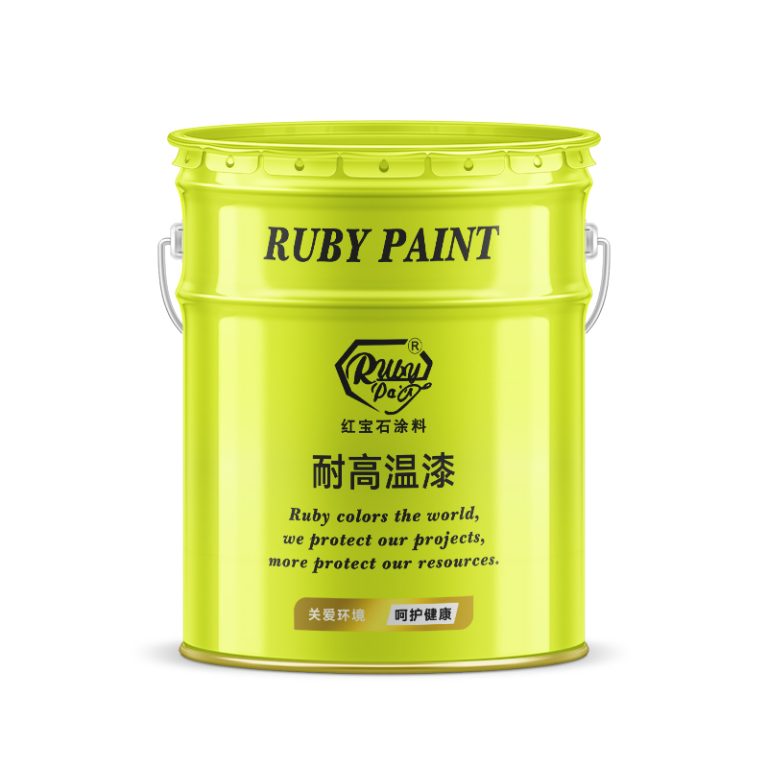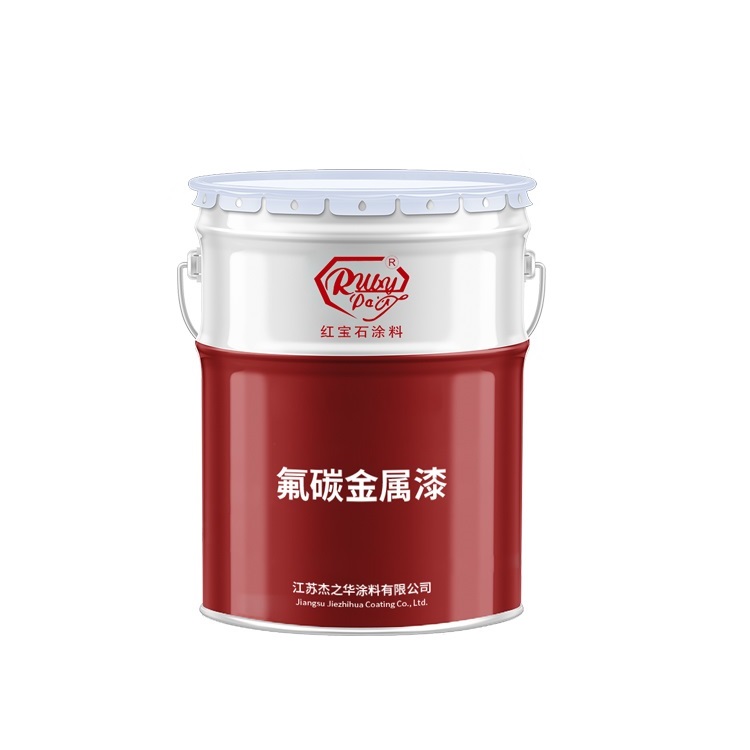Table of Contents
Acrylic Paint Jarir: Techniques and Tips for Beginners
Acrylic paint is a versatile and popular medium used by artists of all skill levels. It is known for its quick drying time, vibrant colors, and ability to be used on a variety of surfaces. For beginners, getting started with acrylic paint can be both exciting and daunting. However, with the right techniques and tips, anyone can learn to master this medium and create beautiful works of art.
One of the first things to consider when working with acrylic paint is the type of surface you will be painting on. Acrylic paint can be used on canvas, paper, wood, and even fabric. Each surface will require a different approach, so it’s important to experiment and find what works best for you. For example, canvas is a popular choice for acrylic painting because it provides a sturdy surface that can handle multiple layers of paint. Paper, on the other hand, is more delicate and may require a primer to prevent the paint from soaking through.
Once you have chosen your surface, it’s time to start painting. One of the key techniques for working with acrylic paint is layering. Acrylic paint dries quickly, which allows you to build up layers of color and create depth in your painting. Start with a base layer of paint and allow it to dry completely before adding additional layers. This will prevent the colors from blending together and help you achieve a more polished look.
Another important technique to master is blending. Blending allows you to create smooth transitions between colors and can add a sense of realism to your painting. To blend acrylic paint, use a soft brush and work quickly while the paint is still wet. You can also use a dry brush technique, where you lightly brush over the wet paint with a dry brush to soften the edges.
In addition to layering and blending, there are several other techniques you can use to enhance your acrylic paintings. For example, you can use a palette knife to create texture and dimension, or try using a sponge to apply paint for a more abstract effect. Experimenting with different tools and techniques will help you develop your own unique style and improve your skills as an artist.
Finally, it’s important to take care of your materials and tools. Acrylic paint can be harsh on brushes, so be sure to clean them thoroughly after each use. Use warm water and mild soap to remove any paint residue, and reshape the bristles before allowing them to dry. This will help extend the life of your brushes and ensure that they perform well in future projects.
In conclusion, acrylic paint is a wonderful medium for beginners to explore their creativity and develop their artistic skills. By understanding the different techniques and tips for working with acrylic paint, you can create stunning works of art that reflect your unique vision and style. Remember to experiment, practice, and most importantly, have fun with your painting!
Exploring Color Mixing with Acrylic Paints from Jarir
Acrylic paints are a versatile and popular medium for artists of all skill levels, offering a wide range of possibilities for creative expression. Jarir Bookstore offers an extensive selection of acrylic paints that cater to both beginners and professional artists. In this article, we will explore the art of color mixing using acrylic paints from Jarir, and how understanding this technique can enhance your painting experience.
Color mixing is an essential skill for any artist, as it allows for the creation of unique hues and shades that can bring a painting to life. Acrylic paints, known for their fast-drying properties and vibrant colors, are particularly well-suited for experimenting with color mixing. Jarir’s collection of acrylic paints includes a variety of colors that can be blended to achieve the desired effect.
When mixing colors, it is important to start with the basics. The primary colors—red, blue, and yellow—cannot be made by mixing other colors, but they can be combined in various ways to create secondary and tertiary colors. For example, mixing equal parts of red and blue will produce purple, while combining yellow and blue will result in green. By adjusting the proportions of each primary color, you can create different shades and tints of these secondary colors.
| No. | Commodity Name |
| 1 | Industrial paint |
In addition to primary and secondary colors, artists can also explore the use of complementary colors to enhance the vibrancy of their paintings. Complementary colors are those that are opposite each other on the color wheel, such as red and green or blue and orange. When used together in a painting, complementary colors can create a striking contrast that adds depth and interest to the composition.
Jarir’s acrylic paints are highly pigmented, which means that they can be diluted with water or acrylic mediums to create lighter tints or mixed with white to produce pastel shades. This flexibility allows artists to experiment with a wide range of color combinations and effects. For instance, adding a small amount of white to a bright red can soften the intensity of the color, making it more suitable for painting a delicate flower or a gentle sunset.
Furthermore, understanding the properties of different colors can also help artists achieve more realistic representations in their work. For example, warm colors like red, orange, and yellow can evoke feelings of warmth and energy, making them ideal for painting sunlit scenes or fiery landscapes. On the other hand, cool colors such as blue, green, and purple can create a sense of calm and tranquility, perfect for depicting serene water bodies or misty mornings.
| No. | Product |
| 1 | Industrial paint |

As artists become more comfortable with color mixing, they can start to explore more complex techniques, such as glazing or layering different colors to achieve depth and texture. Jarir’s acrylic paints are well-suited for these advanced techniques, as their quick-drying nature allows for multiple layers to be applied without muddying the colors.
In conclusion, mastering the art of color mixing with acrylic paints from Jarir can open up a world of creative possibilities for artists. By understanding the basic principles of color theory and experimenting with different combinations and techniques, artists can enhance their skills and create stunning, vibrant works of art that truly capture their vision. Whether you are a beginner or an experienced painter, exploring the potential of acrylic paints through color mixing is a rewarding and enjoyable journey.





